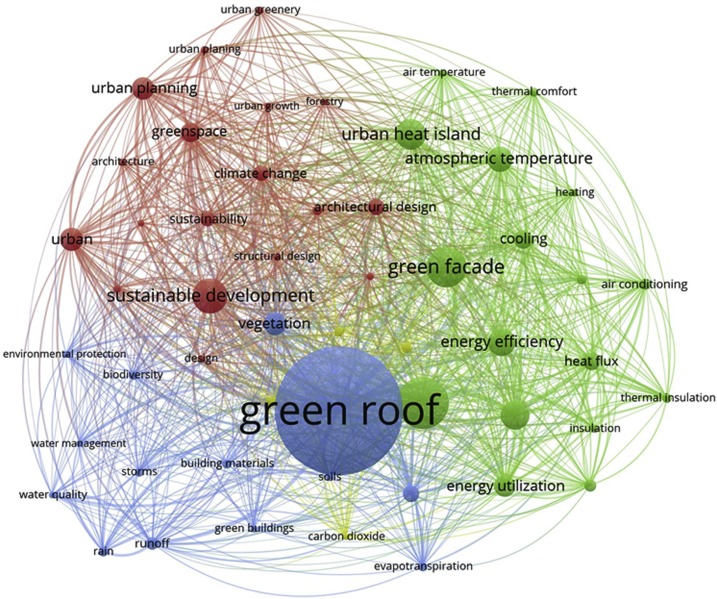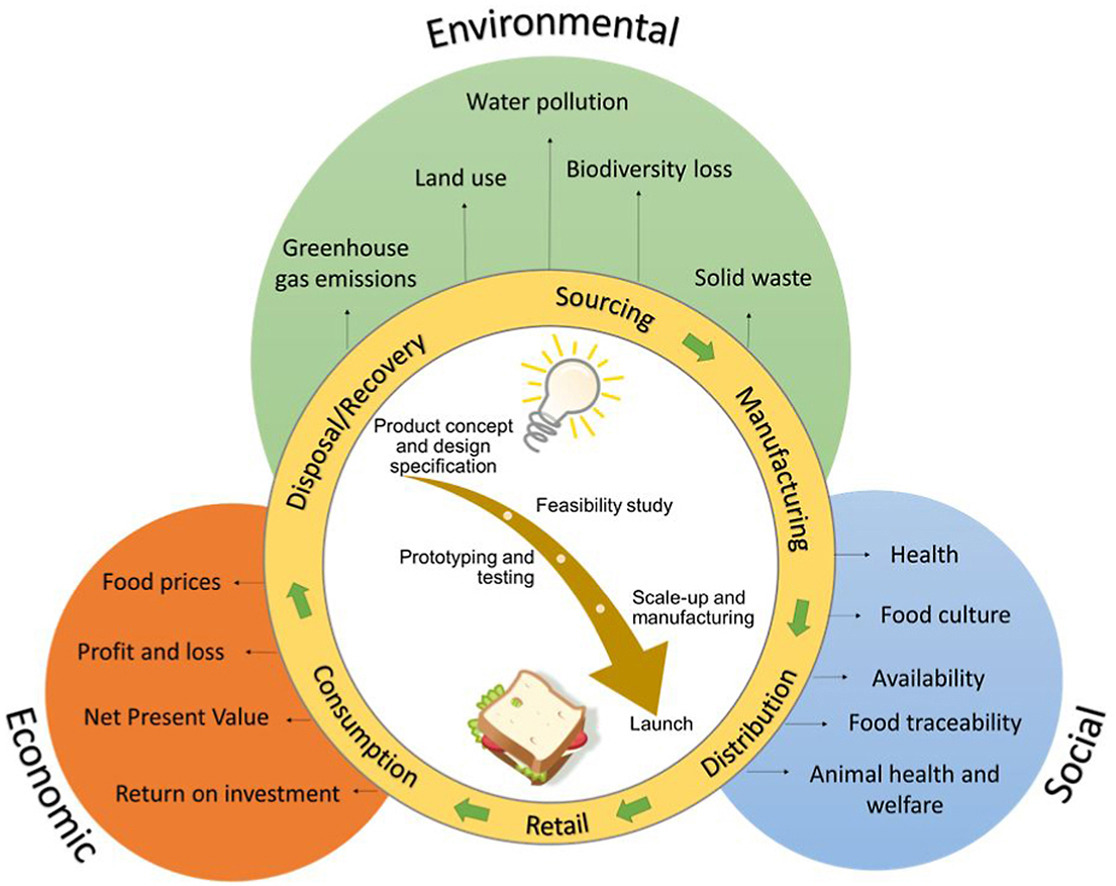Kamil Maciuk, Chapter 9 - GNSS monitoring natural and anthropogenic phenomena, Editor(s): George p. Petropoulos, Prashant K. Srivastava, GPS and GNSS Technology in Geosciences, Elsevier, 2021, Pages 177-197, ISBN 9780128186176, https://doi.org/10.1016/B978-0-12-818617-6.00007-X.
Antigoni Faka, Konstantinos Tserpes, Christos Chalkias, Chapter 10 - Environmental sensing: a review of approaches using GPS/GNSS, Editor(s): George p. Petropoulos, Prashant K. Srivastava, GPS and GNSS Technology in Geosciences, Elsevier, 2021, Pages 199-220, ISBN 9780128186176, https://doi.org/10.1016/B978-0-12-818617-6.00013-5.
Increased levels of CO2 and various greenhouse gases cause global warming and, in combination with pollutants from fossil fuel combustion and vehicular and industrial emissions, have been driving increases in noncommunicable diseases across the globe, resulting a higher mortality and morbidity. Respiratory diseases and associated allergenic manifestations have increased worldwide, with rates higher in developing countries. Pollen allergy serves as a model for studying the relationship between air pollution and respiratory disorders.


